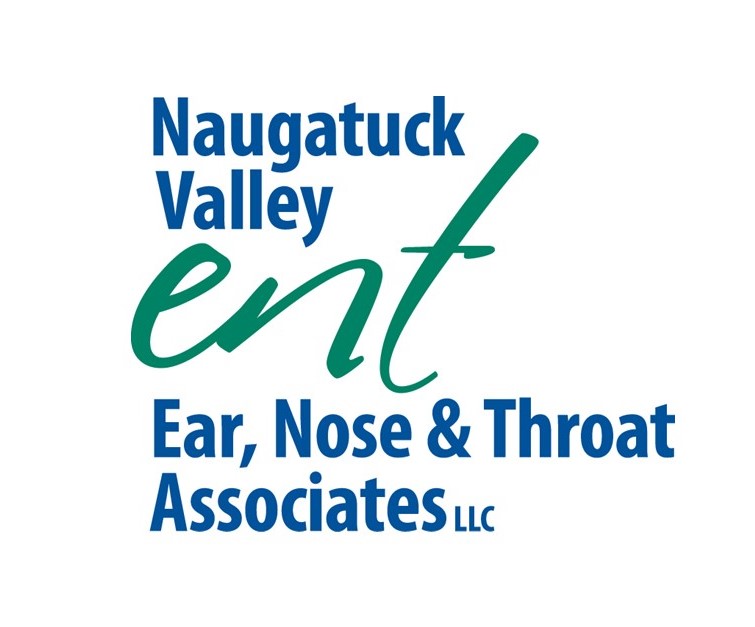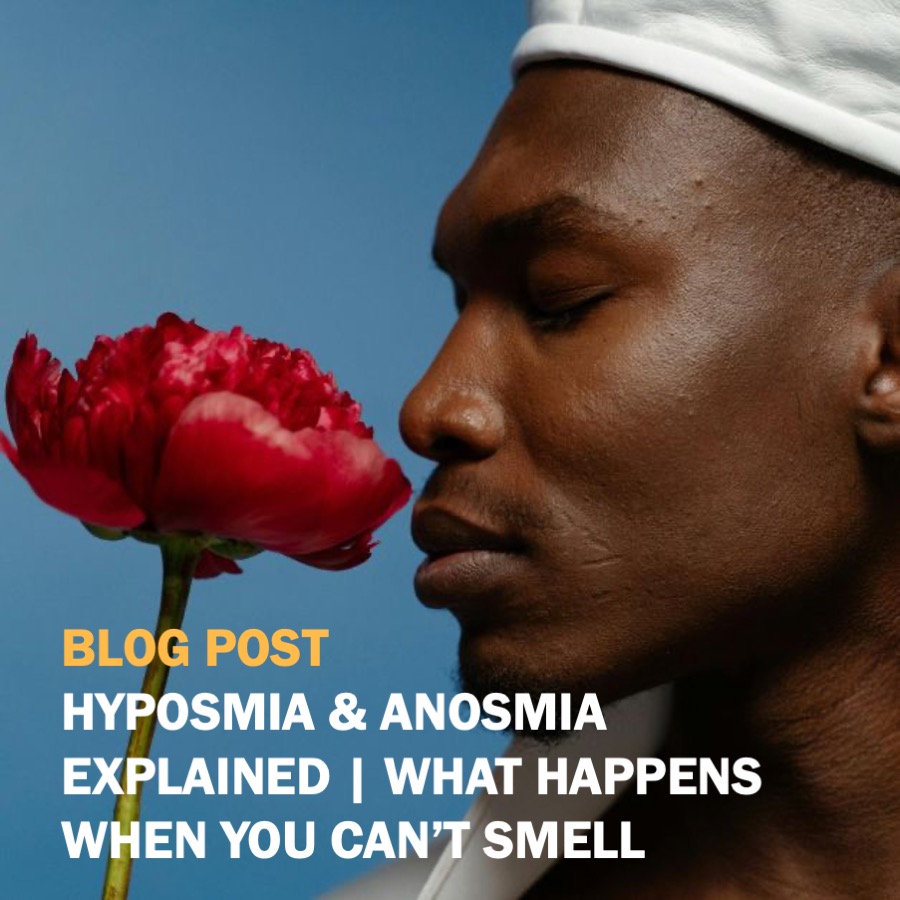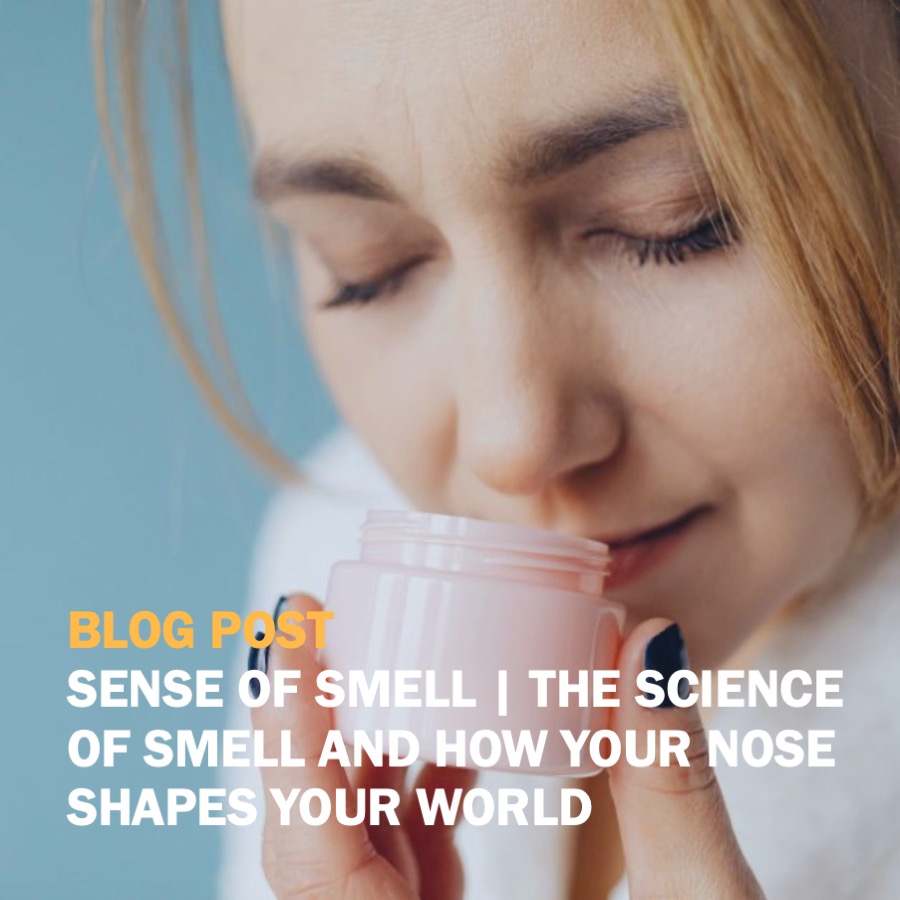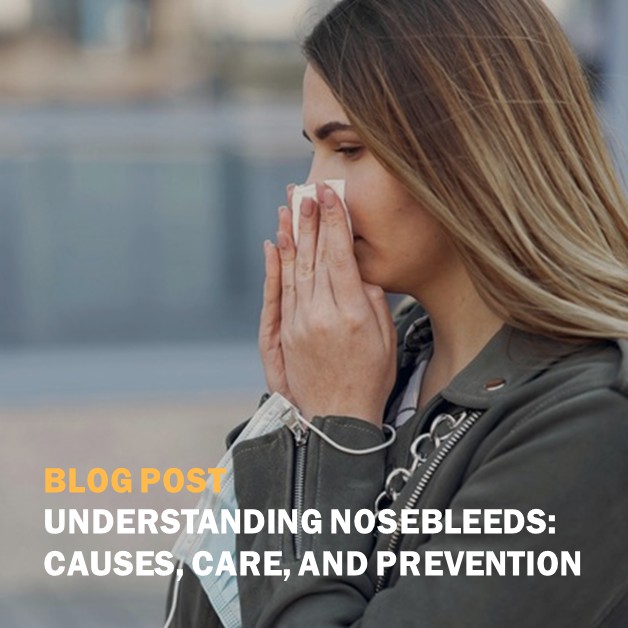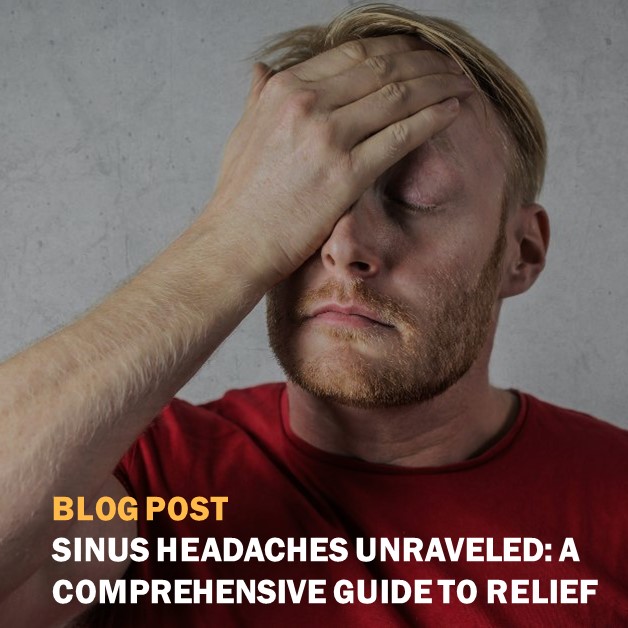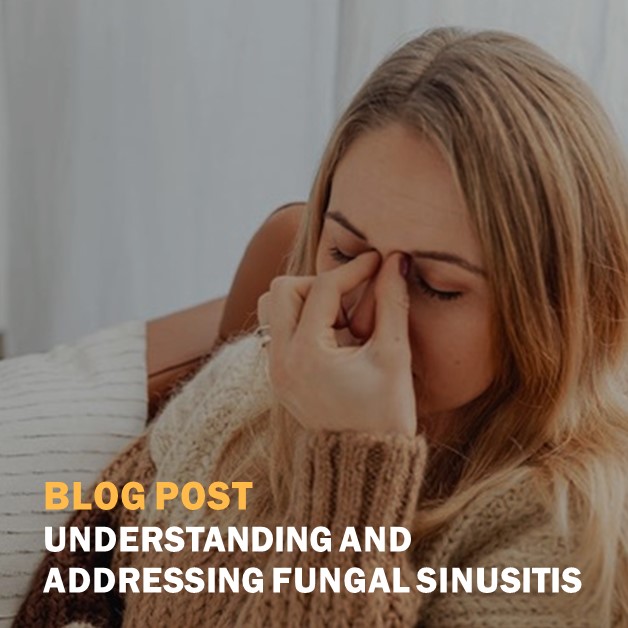Breathe Easier Again | Understanding Turbinate Hypertrophy in Prospect, CT
What Are Turbinates?
Inside your nose are small, bony structures called turbinates, covered by a soft lining known as the mucosa. These structures help filter, warm, and humidify the air you breathe—keeping your lungs healthy and your breathing efficient.
Each side of your nose has three sets of turbinates: the superior, middle, and inferior turbinates. Most airflow passes between the middle and inferior turbinates. When these become enlarged or swollen, airflow can be blocked, leading to that frustrating feeling of “always being stuffed up.”
Common Symptoms of Turbinate Hypertrophy
If your turbinates are enlarged, you may experience:
- Difficulty breathing through your nose
- Nasal congestion that switches sides
- A feeling of constant stuffiness or blockage
- Noisy breathing or mouth breathing during sleep
- Increased nasal drainage
- Congestion that worsens when lying down
Causes
Turbinate hypertrophy, or swelling of the turbinates inside the nose, can occur temporarily or become a chronic condition. It often develops as a result of allergic or non-allergic rhinitis, sinus or upper respiratory infections, and hormonal changes. Overuse of certain medications, particularly nasal decongestant sprays, can also contribute to turbinate enlargement. Environmental irritants and chronic sinusitis are additional common triggers. In some cases, structural issues such as a deviated septum can exacerbate turbinate swelling and nasal obstruction.
Treatment Options
The right treatment depends on what’s causing the swelling. Your ENT specialist will evaluate your nasal passages and may recommend allergy testing or imaging to determine the best course of action.
Non-surgical options often include:
- Nasal saline rinses or sprays to moisturize and clear irritants
- Nasal steroid sprays to reduce inflammation
- Antihistamine sprays or allergy treatments to control allergic triggers
- Allergy immunotherapy for long-term relief
Important note: Nasal decongestant sprays (such as oxymetazoline) can exacerbate symptoms if used for more than three consecutive days. Long-term use can cause rebound swelling and dependence.
If medical treatment isn’t enough, your ENT may recommend a minimally invasive surgical procedure to reduce the size of the turbinates. These procedures are typically performed through the nostrils, without visible incisions or bruising, and can often be done in the office under local anesthesia.
The goal of surgery is to restore comfortable airflow while preserving the turbinates’ important role in filtering and humidifying the air. In some cases, surgery may be combined with a septoplasty to correct a deviated septum.
Seeking Help from an ENT Specialist
Because turbinate hypertrophy can mimic or overlap with other nasal issues, such as sinus infections, nasal valve collapse, or structural deformities, an evaluation by an ear, nose, and throat specialist is the best way to achieve lasting relief.
At Naugatuck Valley ENT, our specialists diagnose and treat a full range of nasal and sinus conditions, including deviated septum, rhinitis, sinusitis, sinus headaches, and nasal obstruction.
If you’re struggling with chronic congestion or nasal blockage, don’t ignore it; help is available. Contact Naugatuck Valley ENT at (203) 578-4630 to schedule an appointment today.
Sinus and Nasal Condition Services at Naugatuck Valley ENT
If you’re experiencing a sinus or nasal-related condition, don’t let it hinder your health and well-being any longer. At Naugatuck Valley ENT, we have the expertise and resources to diagnose, treat, and manage your sinus or nasal-related conditions effectively. Our dedicated team of professionals is ready to provide exceptional care. Contact us today at (203) 578-4630 to schedule a consultation.
Our noses facilitate breathing by keeping out potentially harmful dirt, allergens, and other agents. However, our noses and sinuses can become infected or inflamed, making breathing uncomfortable or difficult. Learn more about some of the common sinus and nasal conditions Naugatuck Valley ENT can diagnose and treat.
- Deviated Septum is a condition when the nasal septum is off-center. The nasal septum is the bone and cartilage that divides the inside of the nose in half. The bone and cartilage are covered by a special skin called a mucous membrane with many blood vessels. Ideally, the left and right nasal passageways are equal in size. However, it is estimated that as many as 80 percent of people have an off-center nasal septum.
- Fungal Sinusitis is a broad term used to describe various situations when fungus might be involved in the cause or symptoms of nasal and sinus inflammation. Fungus is an entirely separate “kingdom” from plants and animals; it is plant-like but cannot create its own food like plants.
- Geriatric Rhinitis is an inflammation of the mucous membranes or nasal cavity lining. Patients with geriatric rhinitis may have nasal obstruction or congestion, runny nose or post-nasal drip, itchy nose, sneezing, and/or nasal dryness or crusting.
- Nasal Fractures or broken noses may result from facial injuries in contact sports or falls. Injuries affecting the teeth and mouth may also affect the nose. If you’ve been struck in the nose, it’s important to see a physician to check for septal hematoma.
- Nosebleeds (called epistaxis) are caused when tiny blood vessels in the nose break. Nosebleeds are very common and affect many people at some point in their lives. About 60 percent of people will experience a nosebleed in their lifetime, typically young children and adults over the age of 50.
- Sinus Headaches: Not every headache results from sinus and nasal passage problems, as the headache might actually be a migraine or tension headache. The confusion is common, as a migraine can cause irritation of the “trigeminal,” or fifth cranial nerve, a nerve with branches in the forehead, cheeks, and jaw. This may produce pain and nasal symptoms in or near the sinus cavity.
- Sinusitis usually has symptoms of discolored nasal drainage and blockage that last more than 10 days. Sinuses are hollow spaces in the bones around the nose that connect to the nose through small, narrow channels. Sinusitis, also called rhinosinusitis because the symptoms involve both the nose and the sinuses, affects about one in eight adults annually.
Please schedule an appointment with Naugatuck Valley ENT at (203) 578-4630.
